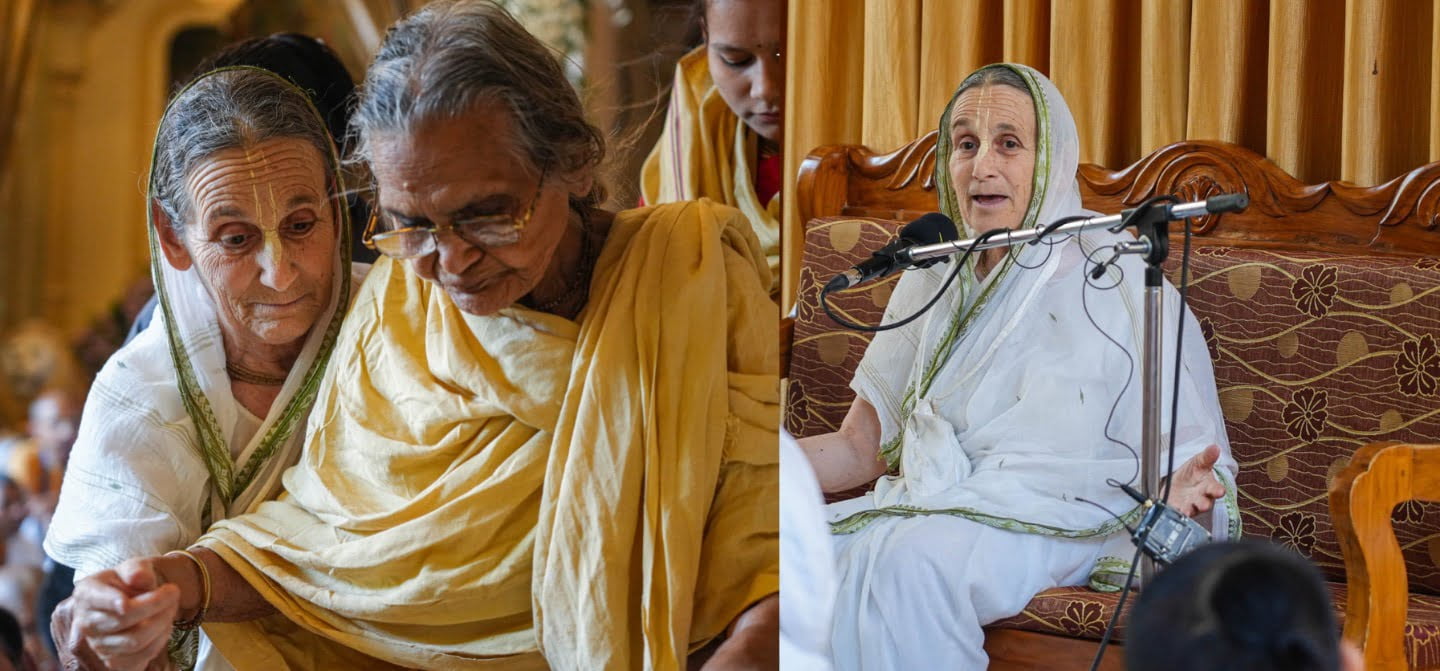Observing Silence: The Balinese New Year
By Ravinjay Kuckreja | Mar 25, 2015

You have your credit card at hand and your passport is ready. You’re booking a flight for your next holiday. Destination: Bali, Indonesia. Indonesia is the world’s largest archipelago (group of islands) and is located in South-East Asia. Indonesia (literally meaning ‘Indian Islands’) is a country made up of diverse cultures, traditions, languages and people. Yet it’s unity is remarkable, making “bhinneka tunggal ika“, old Javanese for “Unity in Diversity”, its national motto. But Bali, a little island out of seventeen thousand, is unique. Not only is it the number one tourist destination in the country but also, it has its own religion, or at least its own spin to it.
So, yes. Your tickets! Saturday, the twenty-first of March. That sounds perfect. Arrive in on Saturday, and spend a week! Loading… Wait… “No flights available” it reads. You try another website and the same results. Is the recently refurbished international airport a local folklore? Sunday, the day after, and there are plenty of flights to choose. Friday, the day before, heaps. What’s happening on this one particular Saturday?
Let me introduce you to Nyepi. Over ninety percent of Indonesians are Muslims but over ninety percent of Balinese are Hindus. However, while the Hindus of India celebrate their new year with lights and fireworks, the Balinese Hindus close the airport, the harbors, the roads, the streetlights and even restrict people from going out of their houses or switching on their lights! ATMs, convenience stores and traffic lights – off. Even hotels, hospitals and other emergency services have to ensure no lights can be seen from the outside.
So what is this strange Nyepi “celebration”? The Balinese follow two traditional calendars. One has a six-month cycle, with 35 days for each month. The other, originating from South India, is the Saka calendar that has 12 months, the one we are familiar with. Nyepi marks the first day of this Saka calendar, falling on a moonless night, but the Balinese choose to follow the Catur Brata instead – Amati Karya (not working), Amati Geni (no lighting fires or using lights), Amati Lelanguan (no entertainment and no eating) and Amati Lelungaan (no travel). Instead, they opt to spend the day in self-reflection and in deep meditation.
Nowadays, most families shut their windows and doors, open their laptops, and watch movies with their families while dining on yesterday’s feast. The village police, a.k.a. the pecalang make their rounds after dark to ensure everyone is in their houses and no lights are visible outside.
A day before Nyepi, gigantic papier-mâché effigies of demons and ghosts known as ogoh-ogoh are paraded at the crossroads (a place the lower beings are fond of). People make as much of noise as possible, even banging pots and pans at dusk, signaling the demoniac beings to come out. Offerings of blood and alcohol are made to appease them, and then, they are banished. Traditionally, the ogoh-ogoh is then burnt, but in recent days, they are kept on display a little longer. The ogoh-ogoh parades are big in Denpasar, Bali’s provincial capital, where demoniac beings (like the infamous celuluk demoness), gods (like Garuda Vishnu, Nrsimhadeva, Krsna Kaliya, Ganapati, Kali, Bharava and Varaha) and other modern contributions (like cartoon characters, alleged corruptors and punk musicians) are carried on bamboo grids and tower up to around four meters tall or more.
To illuminate you further on this night of darkness, although some say that Nyepi is strictly meant for introspection, some add that the remaining demons from yesterday’s parade will be fooled to an island without human population. Furthermore, demons passing by on Nyepi night will leave Bali alone as there’s no indication of human civilization.
Nyepi and the Ogoh-Ogoh parade give a good picture of the Balinese culture. However, these traditions and customs are tightly weaved with religion. Indonesia only recognizes six religions (Islam, Protestant, Catholic, Buddhism, Confucianism and Hinduism) and the government keeps a close eye on them, although Indonesia is constitutionally a secular state. A government facilitating religion and their individual beliefs sounds great but things get tricky when it comes to Hinduism. Indonesia requires every religion to be monotheistic, so the Hindus call this One God, Ida Sang Hyang Widhi Wasa, an Indonesian version of the Brahman. This deity has many expansions, with the trinity of Brahma, Vishnu and Shiva as its main. Although unique versions of Hinduism exist outside of Bali, a majority of Indonesian Hindus abide by the Siwa-Budha theology, a mixture of Shaivite, Buddhist and occult Tantric practices.

An Ogoh-Ogoh of Nrsimhadeva. Picture retrieved by Srinidhi das.
ISKCON in Indonesia, therefore, is required to blend in with its expanded family of Hindu Dharma Indonesia. With its strong roots in Gaudiya Vaisnava culture, Hare Krishna devotees all over Indonesia also grasps on the Balinese culture, adopting its music, dance, art, flavors and dress. The Indonesian devotees are probably the only ones in the world who conducts harinams and Ratha-yatras in local attire as opposed to the traditional dhotis and saris.
A day before the Ogoh-Ogoh parade, on the nineteenth of March, devotees annually hold a Balinese purification ritual called Melasti. As a prelude to the New Year, the Balinese take sacred items and deities from the temples to bodies of water for a bath. Devotees parade Gaura-Nitai on the streets as they make their way to the beach for Their Lordships to take an ocean dip.
The devotees of Indonesia would like to wish you “Rahajeng Nyanggra Rahina Nyepi Çaka 1937 “(Happy Silence Day of the Saka New Year 1937). To learn more about Indonesia, Bali’s religious culture and the devotees in Indonesia, visit www.iskcon.id.












